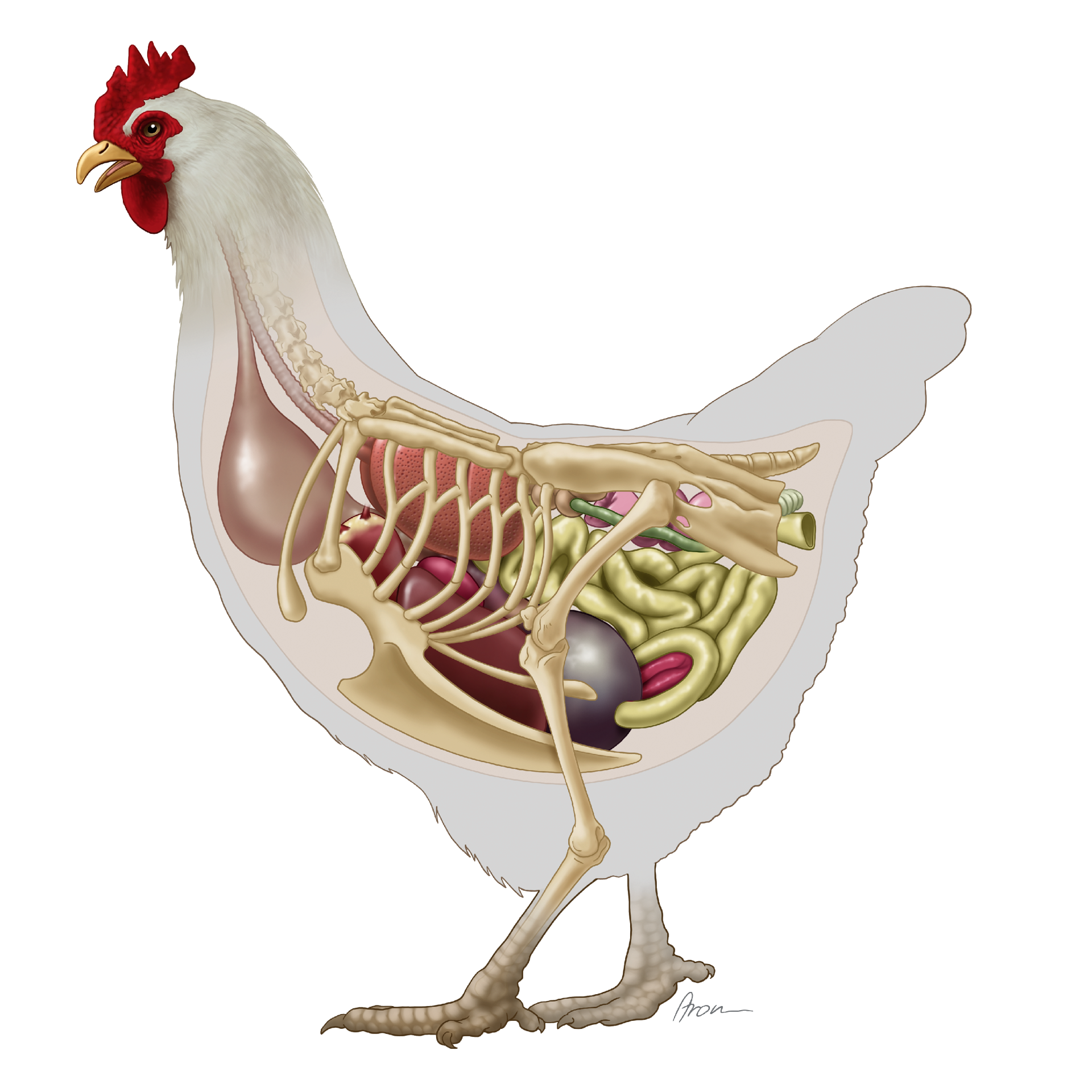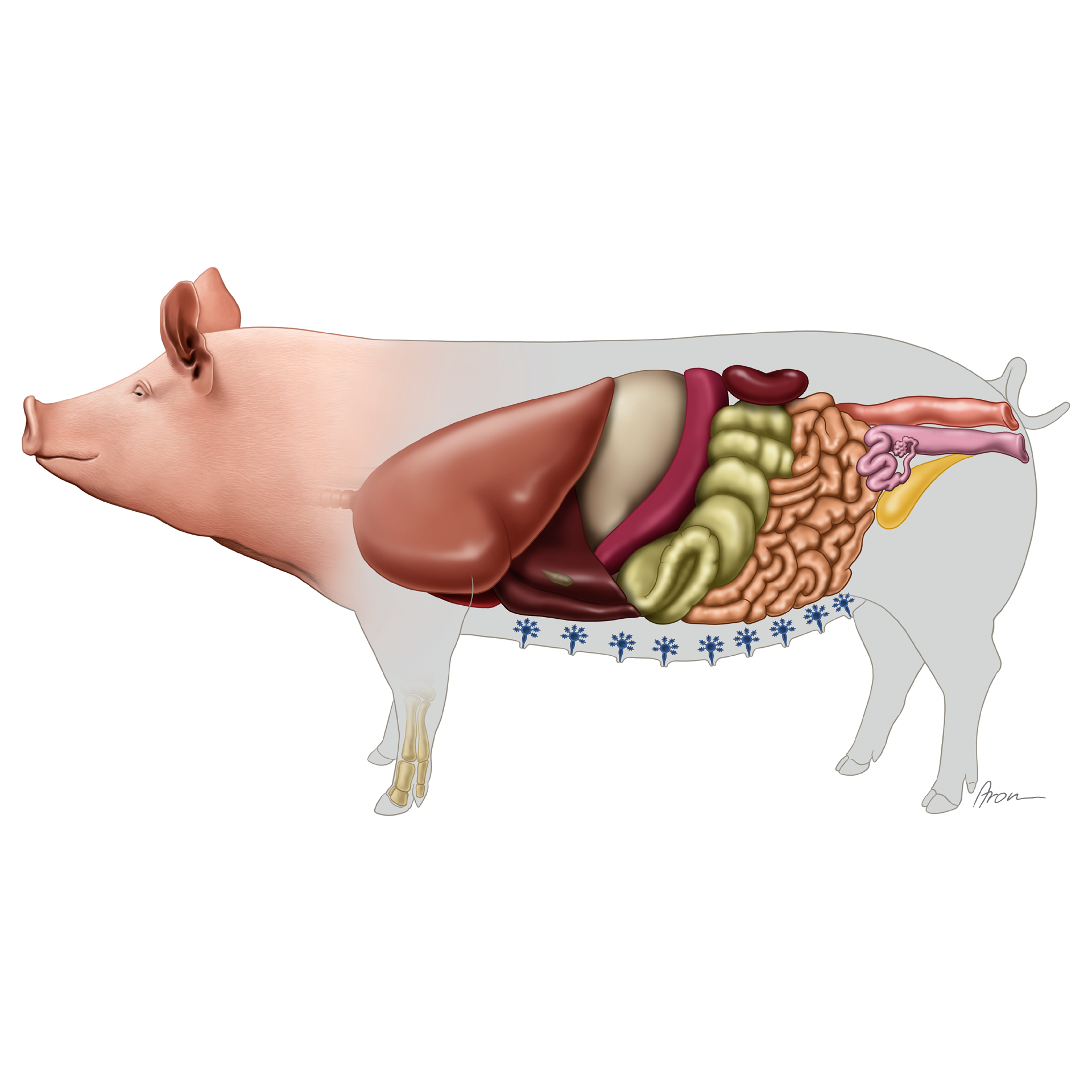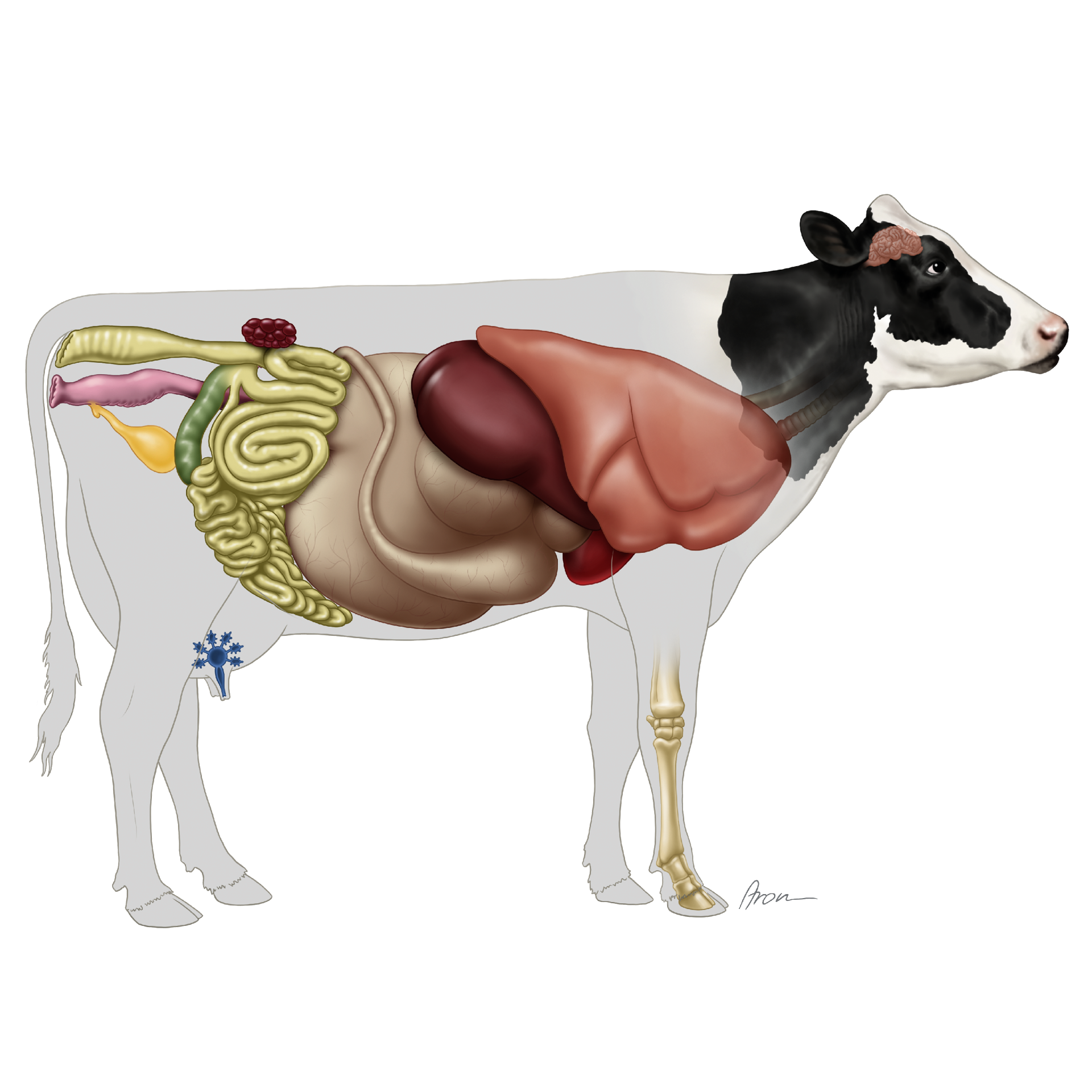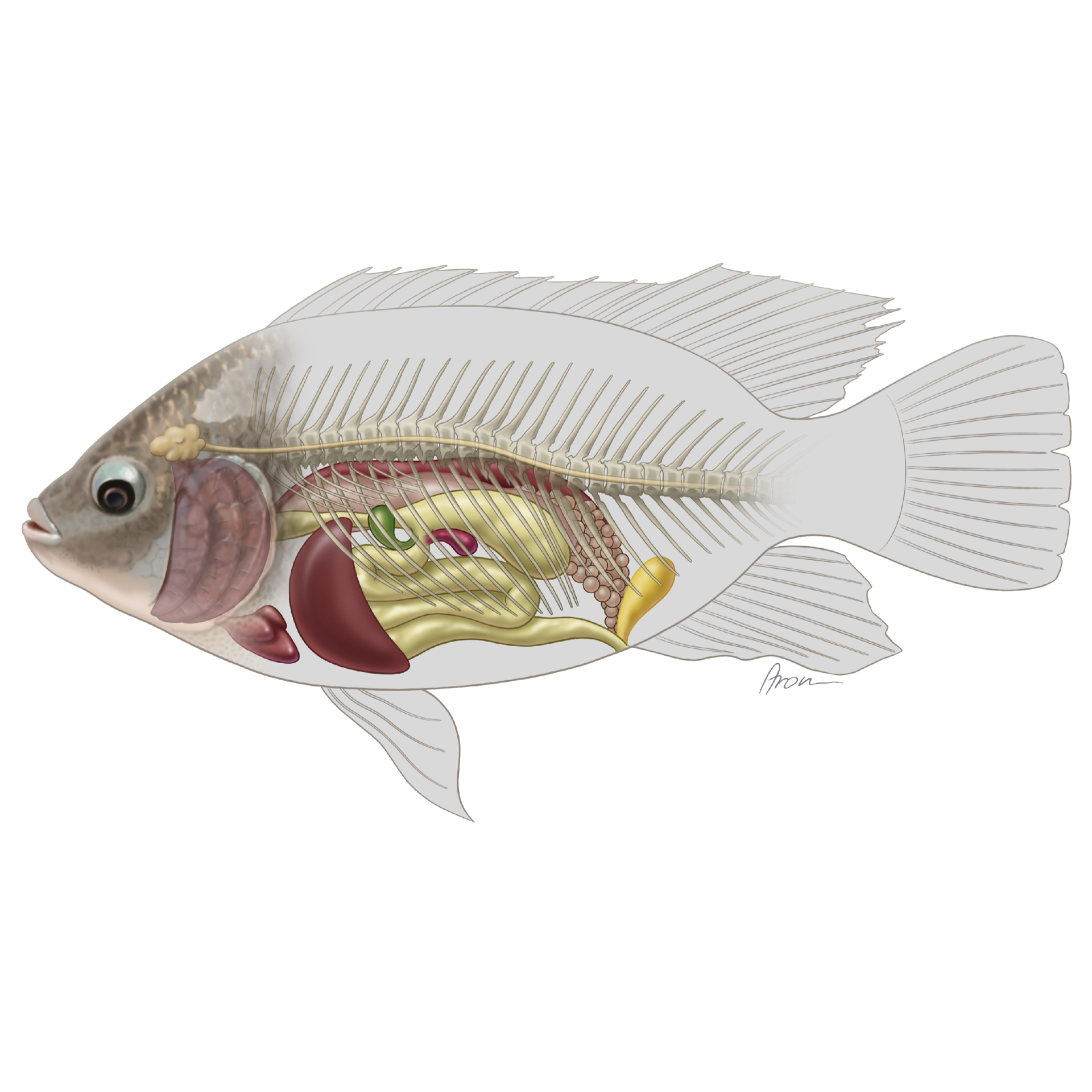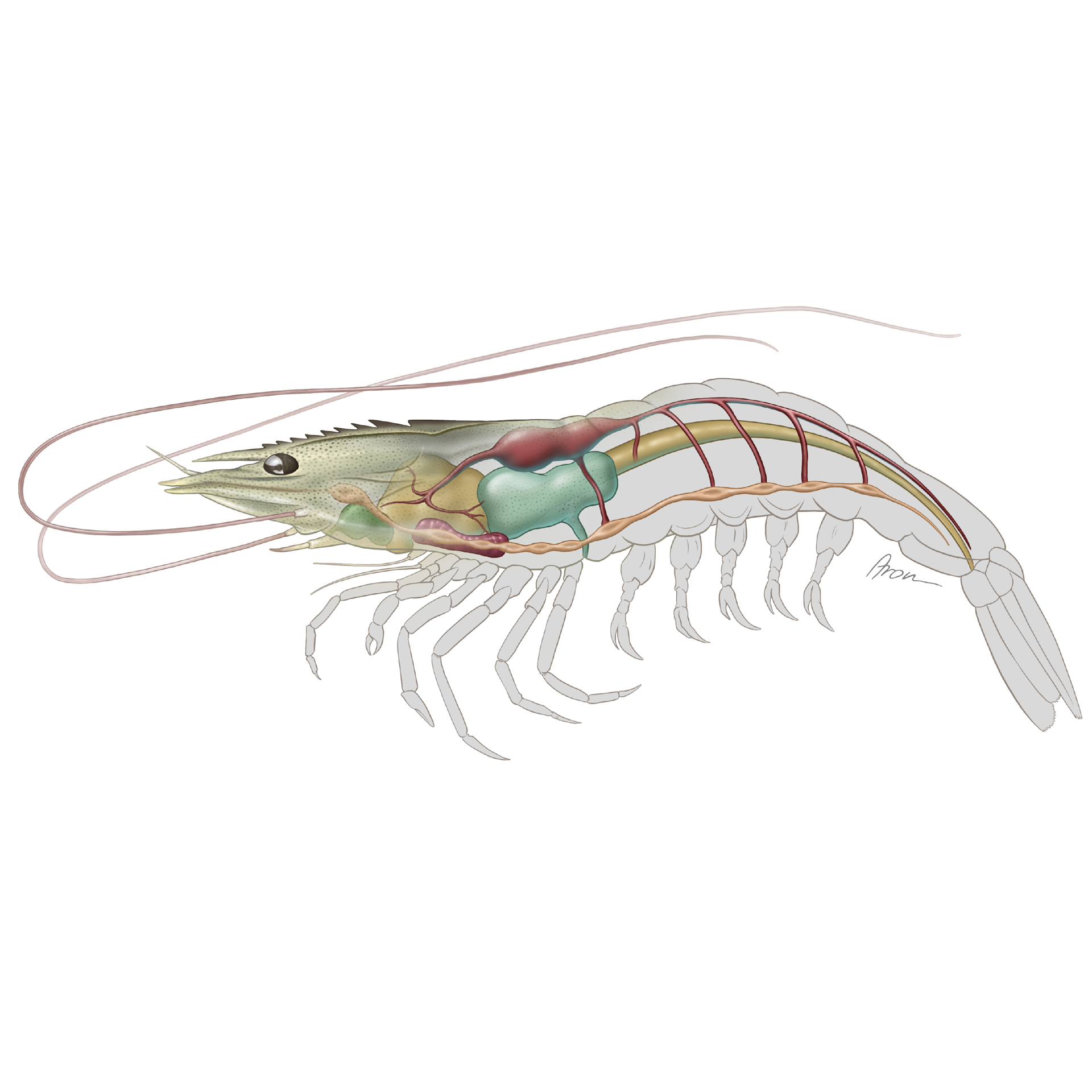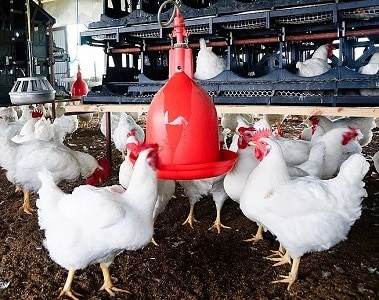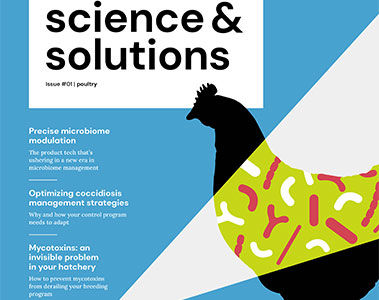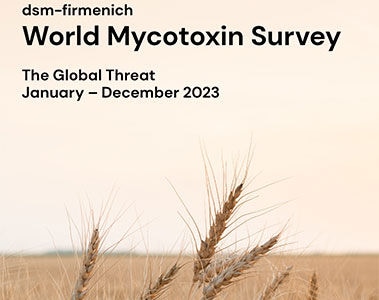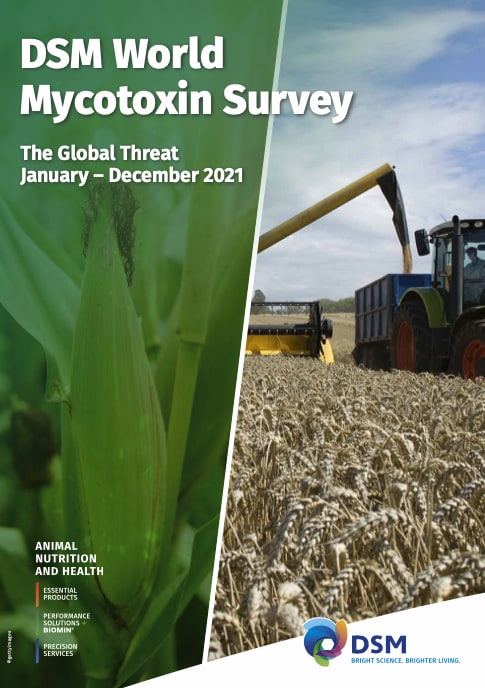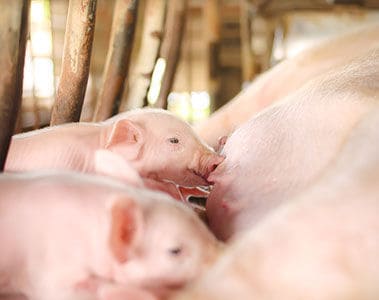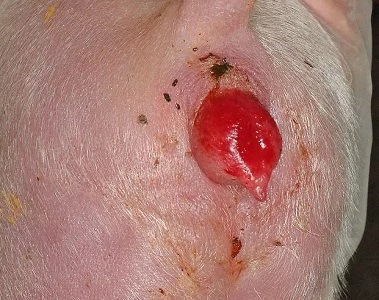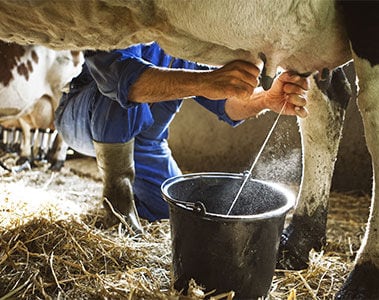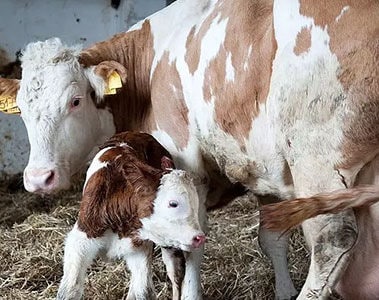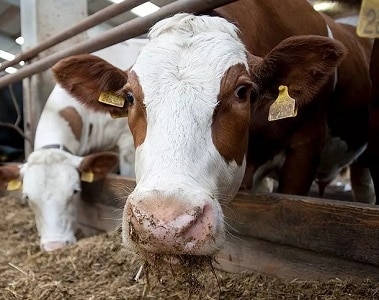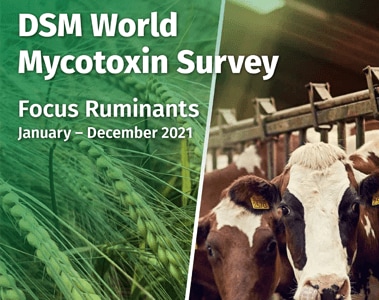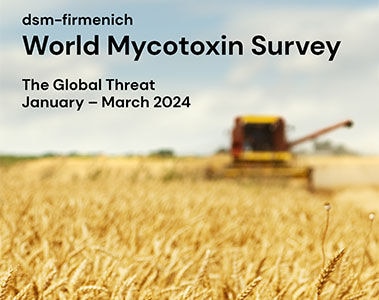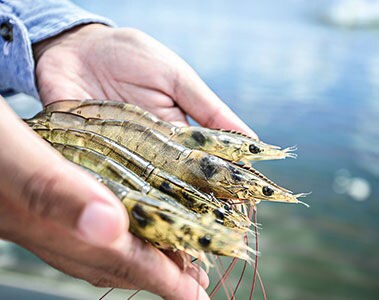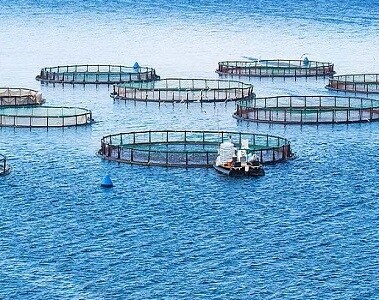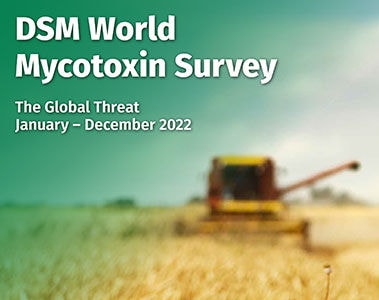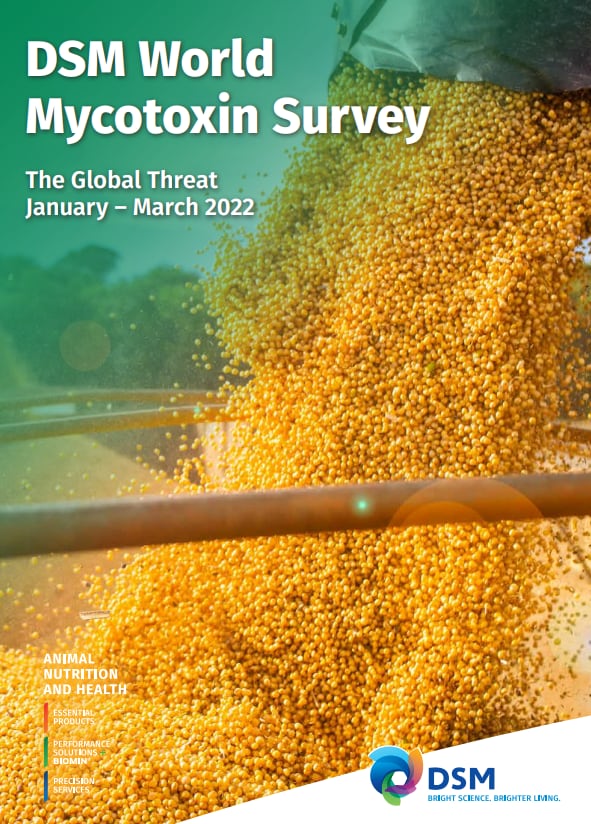Zearalenone
Studies on the effects of zearalenone (ZEN) in farm animals have mainly focused on dysfunction or structural disorders of the reproductive tract. Several studies have confirmed that ZEN modulates estrogen receptor-dependent gene expression in aquatic species, thus affecting the reproduction of fish.
Effects of feed contaminated with ZEN at EU guidance value (2 mg/kg feed) on reproductive health and performance was investigated in rainbow trout. Long-term exposure, particularly during sexual maturation affected viability of the offspring. ZEN exposure may have interfered with sex differentiation and caused morphological anomalies in gonads. Apart from the reproductive system, also immunomodulatory/immunotoxic effects were detected.
These findings raise concerns about the safety of the current guidance value for ZEN in feed used in aquaculture.
Fumonisins
In aquaculture species, fumonisin B1 (FB1) has been generally associated with reduced growth rate, feed consumption and feed efficiency ratio, as well as impaired sphingolipid metabolism. In rainbow trout, FB1 has been shown to induce changes in the liver’s sphingolipid metabolism at levels lower than 100 ppb and was able to induce liver cancer in 1-month-old trout.
According to the literature, ingestion of FB1 by carp resulted in lesions in liver and pancreas already at concentrations as low as 500 ppb. Performance parameters such as average weight gain and body weight dropped after dietary administration of moderate doses of FB1. FB1 affected the performance of Nile tilapia and might have promoted formation of liver tumors in co-occurrence with Afla B1.
An internal trial with Asian seabass indicated a negative influence already at moderate levels of FUM (500 ppb) with and without DON (250 ppb DON, 250 ppb FUM). Contamination negatively impacted survival, performance, liver size (HSI) and immune response (predisposing to diseases).
Ochratoxins
Studies on the toxicity of ochratoxin A (OTA) in aquatic animals are very scarce. However, this mycotoxin is known to have a carryover character making it a risk to human or animals consuming the fish. In addition, a few studies reported effects such as severe degeneration and necrosis of kidney and liver leading to inferior weight gain, poorer FCR, lower survival rates and hematocrit levels. OTA is also immunosuppressive, and a study conducted on catfish showed how animals exposed to this mycotoxin become more susceptible to pathogenic infections.
Carp (Cyprinus carpio) seem to be very sensitive as a natural contamination with 15 ppb OTA resulted in decreased growth performance and feed utilization parameters.
